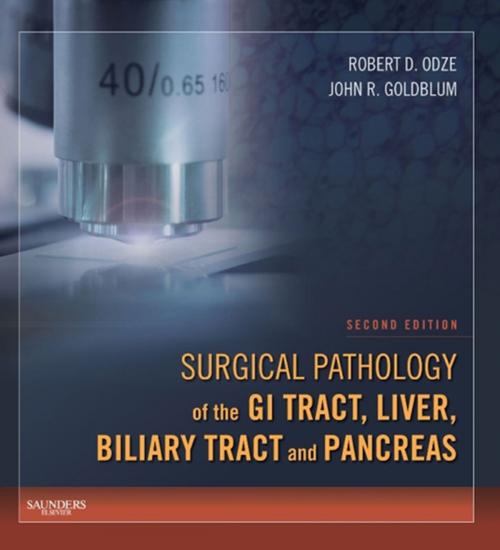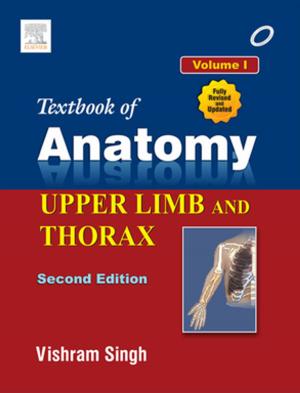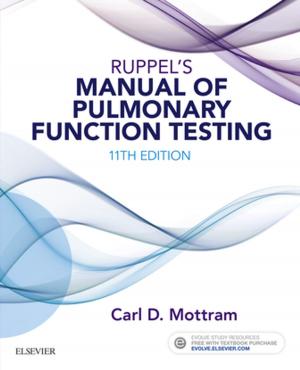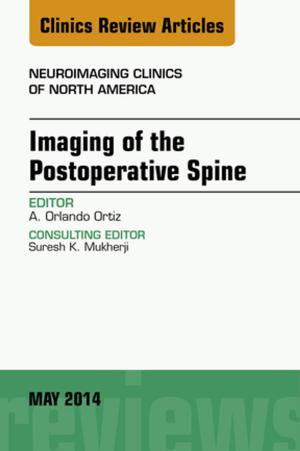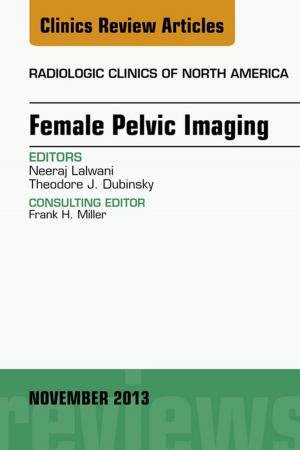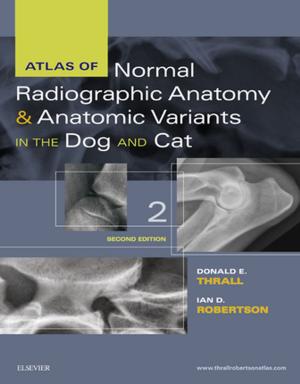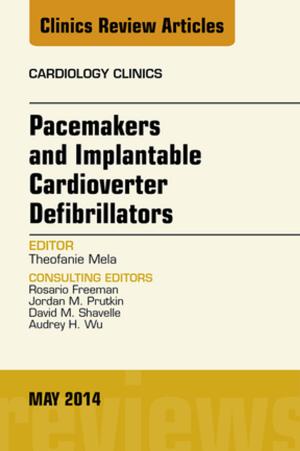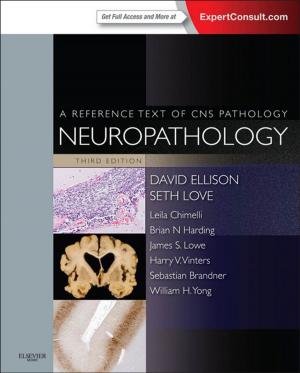Surgical Pathology of the GI Tract, Liver, Biliary Tract and Pancreas E-Book
Nonfiction, Health & Well Being, Medical, Specialties, Pathology, Internal Medicine, Gastroenterology| Author: | John R. Goldblum, MD, FCAP, FASCP, FACG, Robert D. Odze, MD, FRCP(C) | ISBN: | 9781437719598 |
| Publisher: | Elsevier Health Sciences | Publication: | January 16, 2009 |
| Imprint: | Saunders | Language: | English |
| Author: | John R. Goldblum, MD, FCAP, FASCP, FACG, Robert D. Odze, MD, FRCP(C) |
| ISBN: | 9781437719598 |
| Publisher: | Elsevier Health Sciences |
| Publication: | January 16, 2009 |
| Imprint: | Saunders |
| Language: | English |
This one-of-a-kind reference provides a comprehensive and practical guide to help you interpret endoscopic biopsies and resection specimens of all organs related to the digestive system. The more than 2250 high quality illustrations, 30% more than in the first edition, help you recognize and diagnose any tissue sample under the microscope. Five new chapters, additional expert authors, expanded tables, and coverage of the current clinical approach to management and treatment options, particularly screening and surveillance recommendations for preneoplastic disorders, round out this unique reference.
-
Acts as a one-stop resource for the entire gastrointestinal system, liver, biliary tract, and pancreas.
-
Incorporates over 2250 high quality color illustrations so you can recognize and diagnose any tissue sample under the microscope.
-
Provides all the necessary tools to make a comprehensive diagnostic workup including data from ancillary techniques and molecular findings whenever appropriate.
-
Simplifies complex topics and streamlines decision-making using extensive tables, graphs, and flowcharts.
-
Helps you avoid diagnostic errors thanks to practical advice on pitfalls in differential diagnosis.
-
Uses a new “road map at the beginning of each chapter, as well as a new, more clinical focus to help you navigate through the book more quickly.
-
Reflects the latest classification and staging systems available so you can provide the clinician with the most accurate and up-to-date diagnostic and prognostic indicators, including key molecular aspects of tumor pathology.
-
Adds five new chapters including "Screening and Surveillance of the GI Tract, "Congenital and Developmental Disorders of the GI Tract, "Pediatric Enteropathies of the GI Tract", "Vascular Disorders of the GI Tract", and "Fatty Liver Disease".
-
Expands appropriate chapters with new coverage of the normal histology of the GI tract, liver, biliary tract and pancreas.
-
Uses expanded tables to outline specific differential diagnostic points helpful for surgical pathologists.
-
Discusses the key molecular aspects of tumor progression and risk assessment in all chapters that cover neoplastic disorders.
-
Helps you evaluate diagnostically challenging cases using diagnostic algorithms.
-
Increases the number of high quality photographs by at least 30% to include even more normal and abnormal tissue samples.
-
Updates all chapters to include the latest references, concepts, data, and controversies.
-
Incorporates expanded coverage of the pancreas and liver, eliminating the need for a separate text.
This one-of-a-kind reference provides a comprehensive and practical guide to help you interpret endoscopic biopsies and resection specimens of all organs related to the digestive system. The more than 2250 high quality illustrations, 30% more than in the first edition, help you recognize and diagnose any tissue sample under the microscope. Five new chapters, additional expert authors, expanded tables, and coverage of the current clinical approach to management and treatment options, particularly screening and surveillance recommendations for preneoplastic disorders, round out this unique reference.
-
Acts as a one-stop resource for the entire gastrointestinal system, liver, biliary tract, and pancreas.
-
Incorporates over 2250 high quality color illustrations so you can recognize and diagnose any tissue sample under the microscope.
-
Provides all the necessary tools to make a comprehensive diagnostic workup including data from ancillary techniques and molecular findings whenever appropriate.
-
Simplifies complex topics and streamlines decision-making using extensive tables, graphs, and flowcharts.
-
Helps you avoid diagnostic errors thanks to practical advice on pitfalls in differential diagnosis.
-
Uses a new “road map at the beginning of each chapter, as well as a new, more clinical focus to help you navigate through the book more quickly.
-
Reflects the latest classification and staging systems available so you can provide the clinician with the most accurate and up-to-date diagnostic and prognostic indicators, including key molecular aspects of tumor pathology.
-
Adds five new chapters including "Screening and Surveillance of the GI Tract, "Congenital and Developmental Disorders of the GI Tract, "Pediatric Enteropathies of the GI Tract", "Vascular Disorders of the GI Tract", and "Fatty Liver Disease".
-
Expands appropriate chapters with new coverage of the normal histology of the GI tract, liver, biliary tract and pancreas.
-
Uses expanded tables to outline specific differential diagnostic points helpful for surgical pathologists.
-
Discusses the key molecular aspects of tumor progression and risk assessment in all chapters that cover neoplastic disorders.
-
Helps you evaluate diagnostically challenging cases using diagnostic algorithms.
-
Increases the number of high quality photographs by at least 30% to include even more normal and abnormal tissue samples.
-
Updates all chapters to include the latest references, concepts, data, and controversies.
-
Incorporates expanded coverage of the pancreas and liver, eliminating the need for a separate text.
